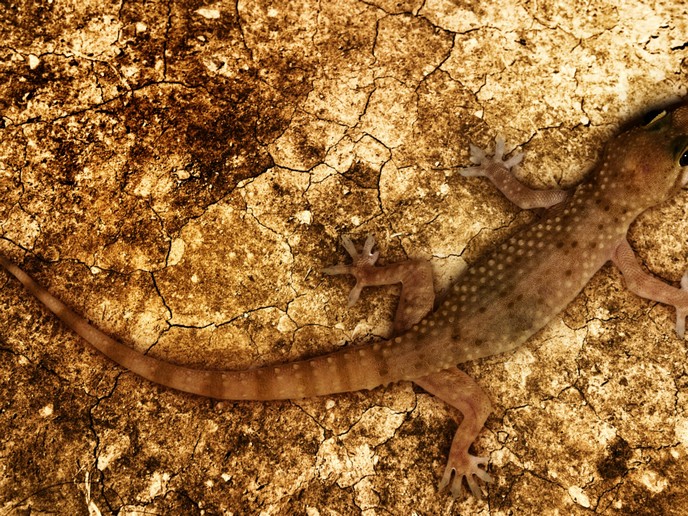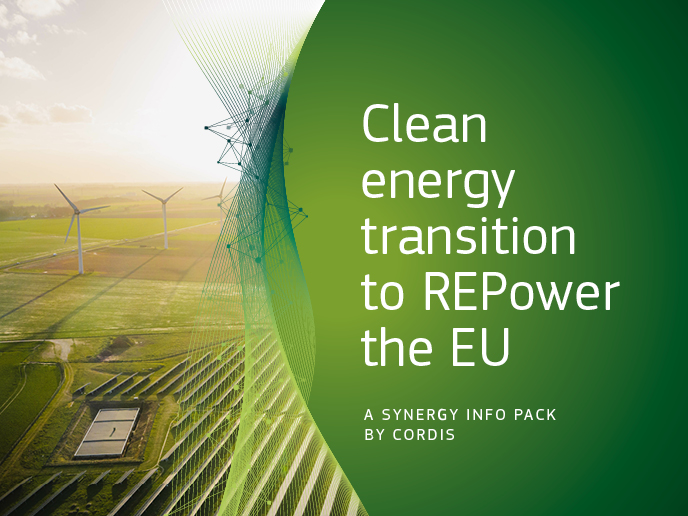Predicting organismal-environment interactions under climatic scenarios
Organisms are thermodynamically connected with their environments through the exchange of heat, water and/or oxygen. These interactions can be captured with ‘biophysical models’ which integrate information on environmental conditions and organismal features to predict how individuals would perform in any environment. However, these models face challenges, and there is a need to calibrate and validate the models by combining their theoretical predictions with empirical observations. This is where the EU-funded SCALE(opens in new window) project steps in, with the support of the Marie Skłodowska-Curie Actions programme(opens in new window). “We aimed to contribute to a new modelling framework with which to forecast the responses of animals to environmental change,” explains Juan Rubalcaba, project coordinator. To achieve this, SCALE combined inter-specific data, available in eco-physiology, with theoretical predictions generated using biophysical models. It then used the models to predict how physiological traits like metabolic rate should change in response to climatic conditions and examined whether project predictions matched the empirical observations.
The impact of climate on lizards
There is a considerable debate as to whether climate directly modulates traits like body size, skin colour and thermal tolerance. To better understand this, SCALE used a biophysical model to predict the body temperature and physiological performance of theoretical lizards under different climates. “We then used the model to investigate which phenotypes would maximise physiological performance in each region by simulating the effect of natural selection on body size, skin colour, thermal tolerance, and thermoregulatory behaviour,” outlines Rubalcaba. The project found that the observed geographical patterns for body mass, cold tolerance, and optimal body temperature were significantly related to their predictions. “Hence, our results(opens in new window) suggest that climate directly modulates these traits through its effect on thermal performance,” adds Rubalcaba.
Oxygen demand and supply in aquatic ectotherms
SCALE developed a biophysical model to investigate oxygen supply and demand in fish while considering physicochemical mechanisms driving oxygen transfer through the gill surface. “We used the model to investigate the interplay between water temperature, oxygen availability, body size, and activity level on metabolic rate and physiological performance of fish,” highlights Rubalcaba. The model predicts that large, active animals will have limited capacity to obtain the oxygen to meet their physiological demand in warmer waters. Therefore, SCALE results(opens in new window) suggest that global warming will impair physiological performance, placing a greater metabolic burden on larger individuals in the future.
The evolution of body size and shape in bats
“We also investigated how body size, wing size and temperature interact to determine the costs of flight and the costs of thermoregulation. The model shows that large wings reduce the costs of flight but increase heat dissipation rates, thereby increasing the costs of thermoregulation, especially in cold climates,” confirms Rubalcaba. Using morphological data from bat species, SCALE found that wing surface-to-mass ratio evolves toward an optimal shape and that the strength of selection is higher among species living in cold climates, matching theoretical predictions. Project results(opens in new window) thus suggest that climate influences the evolution of body size in bats through its effect on energy demand. From these results, climate is therefore shown to have a direct influence on energy demand and physiological performance which, in turn, ultimately affect the evolution of phenotypic traits. “Also, biophysical models can capture key mechanisms driving organism-climate interactions and can therefore be used to predict organismal responses to climate change,” concludes Rubalcaba.







